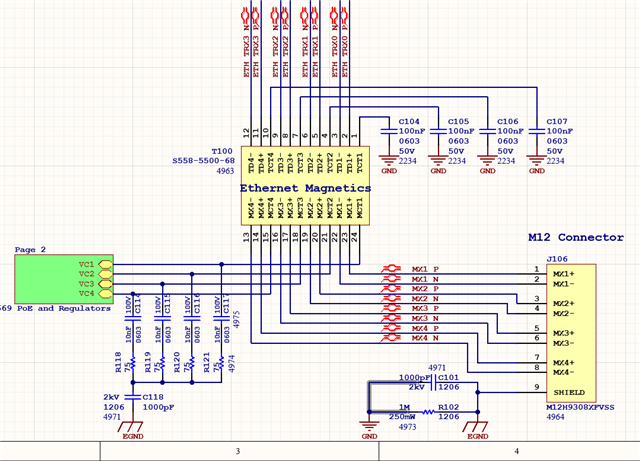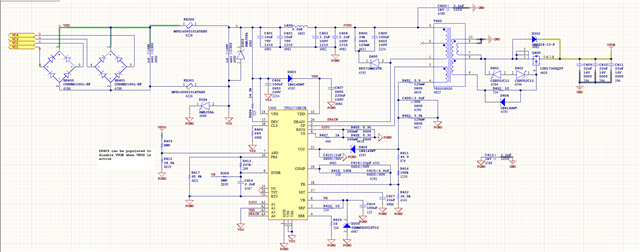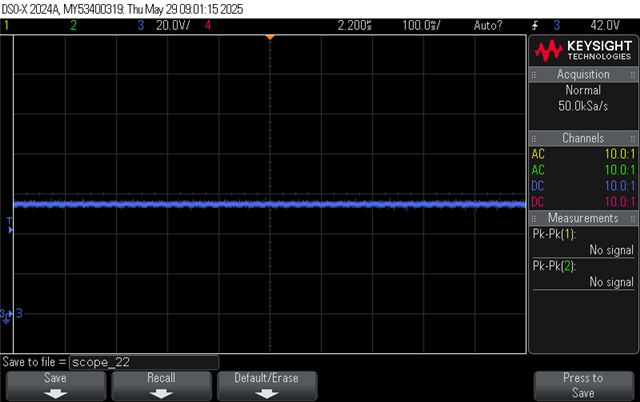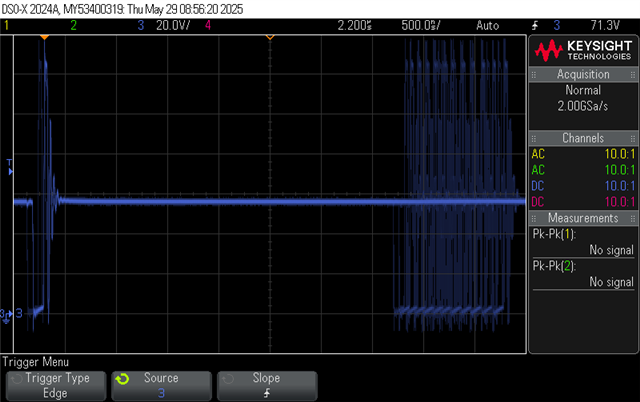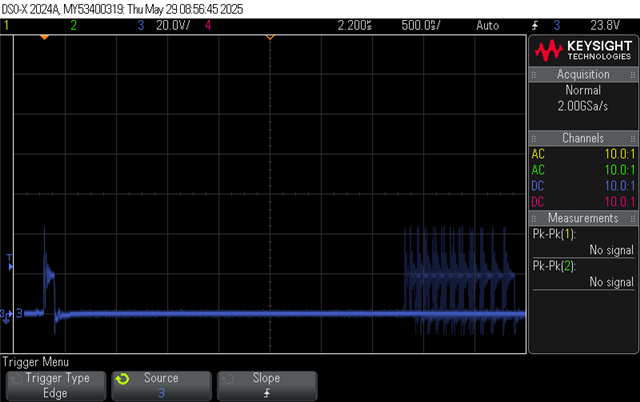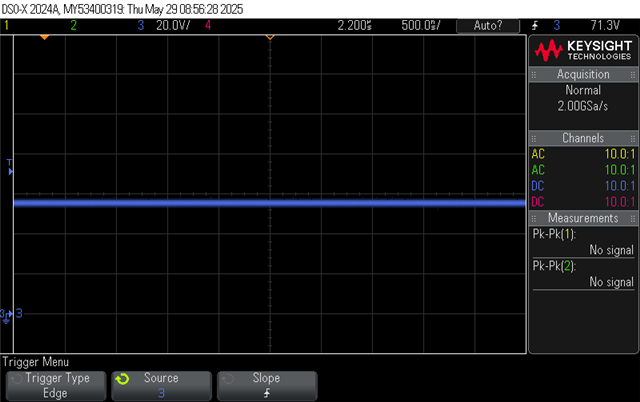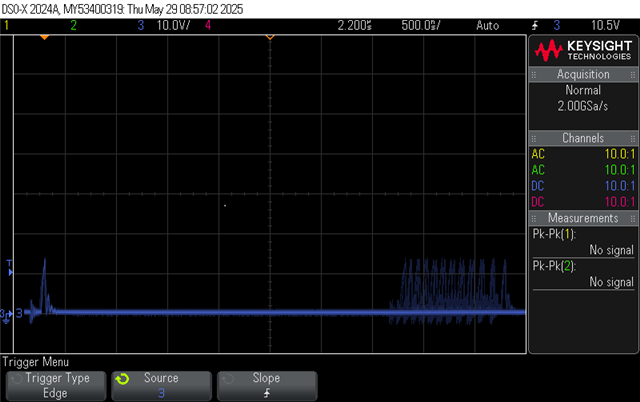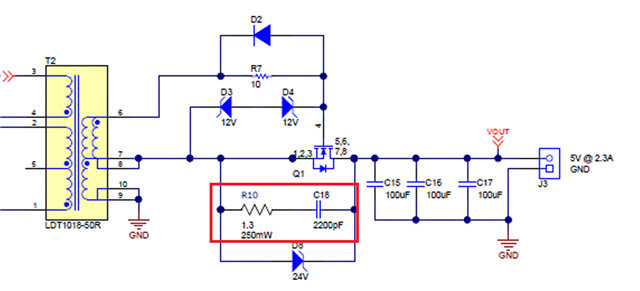Tool/software:
I had a previous open ticket regarding my TPS23758 design and at the end of the conversation potential handshaking issues as a result of grounding were brought up. I am seeing an issue resurfacing of failed POE circuits on some fielded units and I don't have a good sense of what the field conditions were that lead to failure.
I would like to understand the TI engineer's comment about potentially shorting the various ground rails to Earth and what that might cause in terms of issues. The specific comment from that thread was:
"Another factor could cause handshake failure is the grounding connection: for example have you shorted VSS, PGND, or GND to earth?"
Thank you,
Matt



